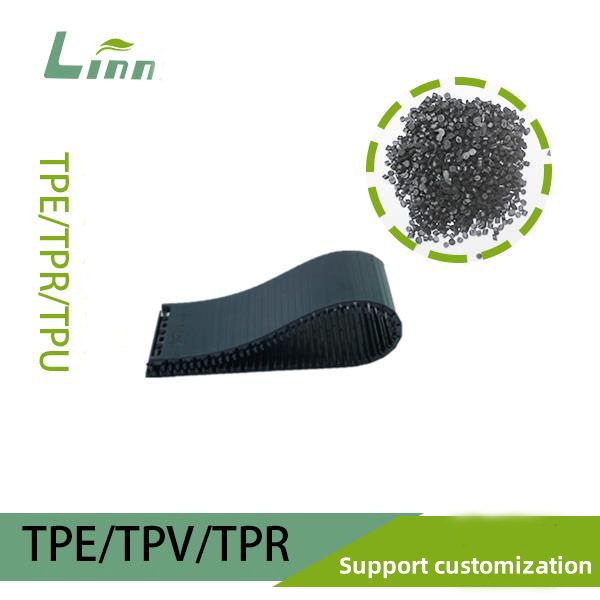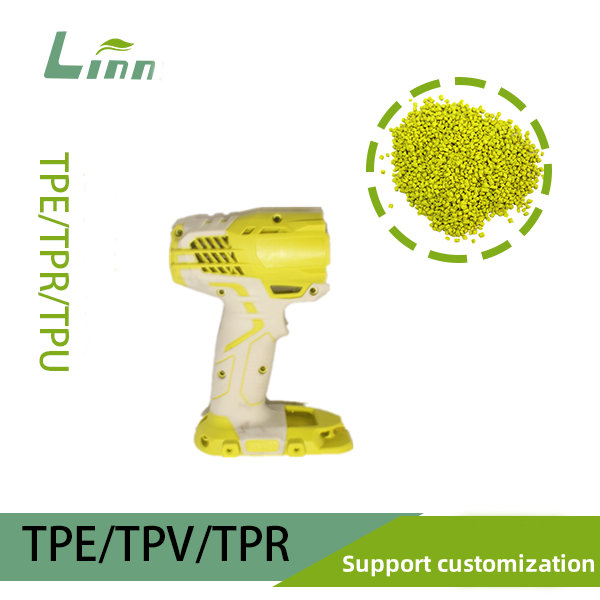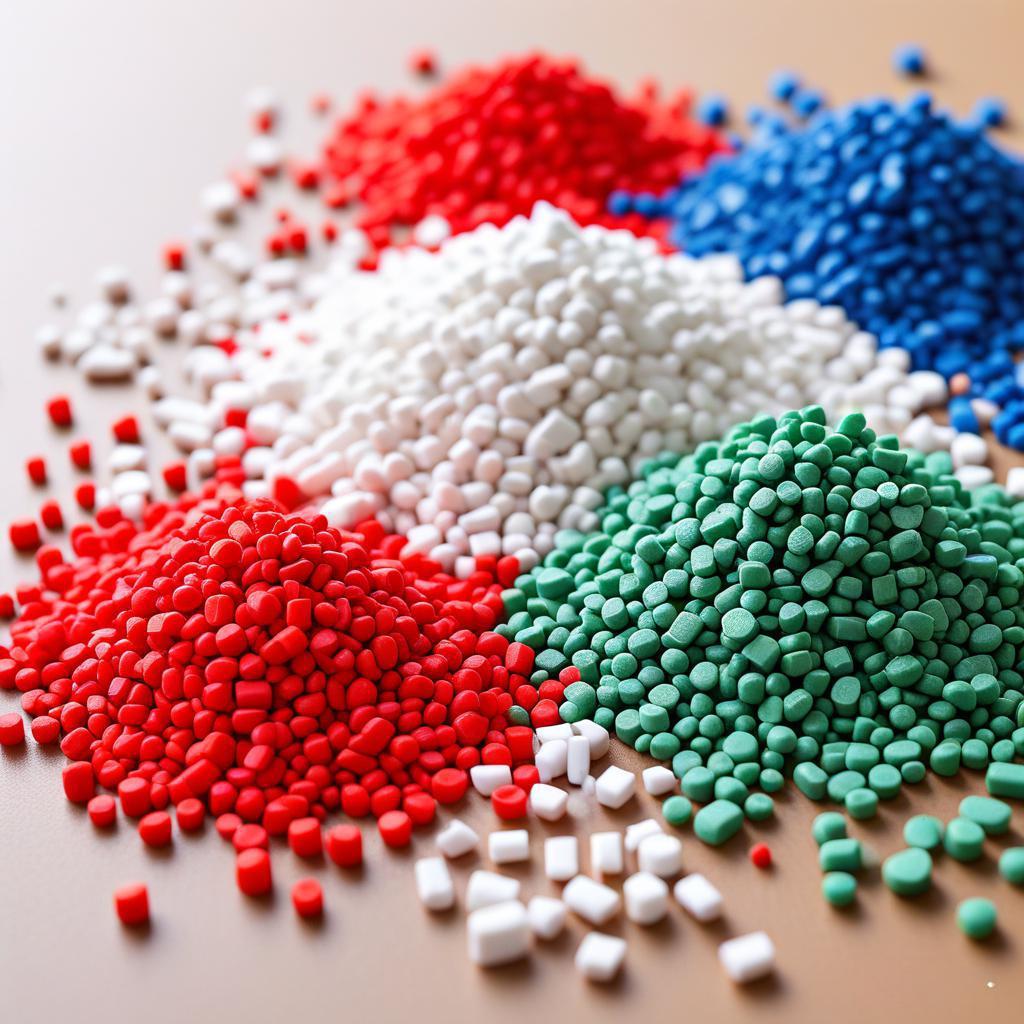I’ve spent over two decades knee-deep in the world of polymers, tweaking formulas in dimly lit labs and troubleshooting on factory floors where the air hums with the scent of molten plastic. Thermoplastic elastomers, or TPEs as we call them in the trenches, have always held a special pull for me—like that reliable old truck that hauls heavy loads without breaking a sweat. They’re the chameleons of materials science, blending the bounce of rubber with the moldability of plastic. But here’s the rub: when you mix in filler oils to soften them up or cut costs, things can go sideways fast. The oil might bleed out, leaving your product sticky and weak, or worse, it refuses to blend evenly, turning what should be a smooth operator into a brittle mess.
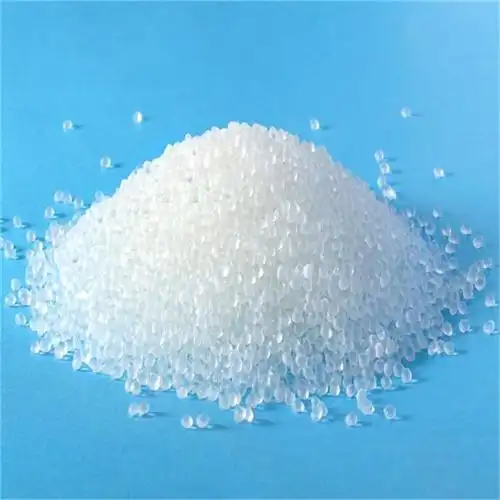
You know that frustration, don’t you? Picture this: you’re racing against a deadline for a new automotive seal, and suddenly the prototype swells like a sponge in oil, cracking under pressure. That’s the nightmare I lived through early in my career, back when a client’s engine gasket failed spectacularly in testing. It wasn’t just embarrassing; it felt like a personal betrayal from the materials I trusted. That’s why questions like yours hit home. Folks diving into searches for “how to improve TPE elastomer compatibility with filler oils” aren’t chasing theory—they’re battling real headaches. Maybe your seals are migrating oil in hot engines, or your consumer grips are turning tacky after a few weeks. The core issue? Poor interfacial harmony between the TPE’s polar chains and the non-polar oil molecules, leading to phase separation, reduced mechanical integrity, and shortened lifespan. What you need isn’t a quick fix, but a roadmap to stable blends that perform under duress, saving time, money, and sanity.
In the pages ahead, I’ll walk you through the why and how, drawing from those hard-won lessons. We’ll unpack the science without drowning in jargon, explore practical tweaks that actually stick, and even share a tale or two from the front lines. By the end, you’ll have tools to craft TPEs that hug their oils like long-lost friends, resilient and ready for whatever the world throws at them. Let’s roll up our sleeves and get into it.
The Heart of the Matter: Why Compatibility Falters in TPE-Oil Blends
Think of TPEs as a bustling neighborhood where hard thermoplastic blocks—like sturdy polypropylene homes—stand shoulder-to-shoulder with soft, rubbery mid-blocks that give the whole place its lively flex. Filler oils? They’re the newcomers, meant to lubricate the streets, ease traffic (processing), and keep costs down. But if the oil doesn’t vibe with the locals, you end up with oil slicks on the sidewalks—exudation—or isolated pockets where nothing flows right.
At its root, this mismatch stems from polarity differences. Most TPEs, especially styrenic ones like SEBS, have hydrophobic backbones that don’t naturally cozy up to many oils. Paraffinic oils, common for their low cost and availability, often sit aloof in the matrix, causing domains to coarsen over time. Heat accelerates the drama; at processing temps around 180-220°C, oils can volatilize or migrate, weakening bonds. And don’t get me started on environmental stressors—UV light or humidity can turn a stable blend into a flaky one, as oxidation nibbles at the edges.
I remember a project in the early 2000s for medical tubing. We used a basic SEBS blend with standard white oil, thinking it’d be fine. Weeks into shelf testing, samples wept oil like overripe fruit, failing biocompatibility specs. The client was furious, and I was up nights pondering: why does this happen? Turns out, the oil’s aromatic content was too low, starving the soft segments of proper solvation. That wake-up call shifted my approach forever—compatibility isn’t an afterthought; it’s the glue holding your innovation together.
Quantifying the pain? Poor blends can slash tensile strength by 30-50%, hike compression set by double digits, and balloon swelling in ASTM oil tests. But here’s the spark of hope: with targeted interventions, you can flip the script, boosting oil retention to over 95% while amping up elongation at break. It’s not magic; it’s methodical chemistry, laced with a dash of intuition from years of trial and error.
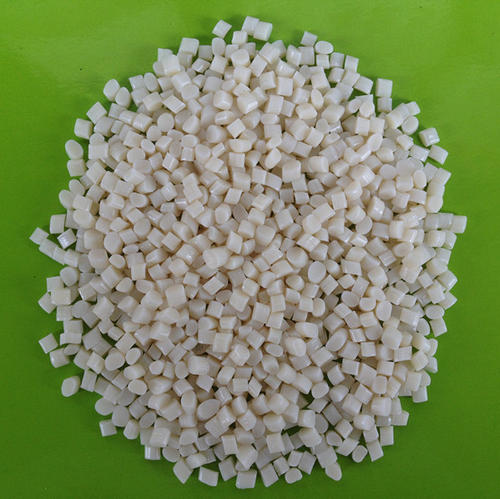
Picking Your Partners: Selecting Oils That Bond, Not Buck
Ever dated someone who just… clicks? That’s the vibe you want with your filler oil and TPE base. Start here, because a mismatched pair dooms the rest. For SEBS-heavy TPEs, paraffinic oils shine like a beacon—low polarity, high solvency for the ethylene-butylene mid-blocks. They’re the workhorses, extending chains without wrecking the styrene domains. Naphthenic oils? They’re the charmers, with cyclic structures that hug SBS’s polybutadiene segments tighter, improving low-temp flexibility but watch for that subtle yellowing over time.
Aromatic oils? Steer clear unless you’re blending for tires—they’re too aggressive, dissolving hard blocks and tanking modulus. In one memorable flop, a colleague chased cost savings with high-aromatic naphtha in a TPV for gaskets; the result? A gooey disaster that swelled 40% in motor oil. Lesson learned: match the oil’s viscosity index to your TPE’s molecular weight. Low-vis oils (under 100 cSt) flow easy for high-speed extrusion but risk migration; opt for 200-400 cSt for balance.
Flash point matters too—aim above 220°C to dodge fumes in the extruder. And sustainability? Bio-based options like vegetable-derived esters are gaining traction, offering 20-30% better eco-profiles without sacrificing grip. I switched a client to castor oil derivatives last year; not only did compatibility jump (swelling dropped 15%), but the green cred sealed the deal for their eco-labeling.
To visualize oil types’ fit, consider this quick comparison:
| Oil Type | Best For TPE Base | Key Benefit | Potential Drawback |
|---|---|---|---|
| Paraffinic | SEBS/SEPS | Excellent stability, low cost | Moderate solvency in polar blends |
| Naphthenic | SBS | Enhanced flexibility | Slight color shift over time |
| Bio-Esters | General | Eco-friendly, high flash point | Higher upfront cost |
The Compatibilizer’s Charm: Bridging Worlds with Chemical Handshakes
If oils are the guests, compatibilizers are the hosts who make everyone mingle. These unsung heroes—often maleic anhydride-grafted polymers—sport dual personalities: one end waltzes with the TPE’s backbone, the other clasps the oil’s hydrocarbons. Drop in 1-5 phr of PP-g-MA, and watch phase separation shrink from microns to nanometers, courtesy of interfacial tension dropping like a stone.
Why does it work? Simple thermodynamics: compatibilizers lower the energy barrier for mixing, fostering finer dispersions that resist coalescence. In polar rubber-PP TPEs, adding ethylene-acrylate copolymers can yield 50% better oil resistance, as they tether the rubber phase without diluting strength. I’ve seen it firsthand—in a vulcanized EPDM-PP blend for under-hood hoses, 2% SEBS-MA turned a flaky mix into a uniform powerhouse, passing 150°C oil immersion without a hitch.
But beware the overdose; too much, and you plasticize excessively, softening beyond specs. Start low, titrate up via rheometer reads. And for green twists? Bio-compatibilizers like maleinized linseed oil (MLO) are game-changers—renewable, with impact mods up to 200% in PLA-SEBS hybrids. Imagine that: a plant-based bridge boosting ductility while whispering sustainability. It’s the kind of elegant fix that keeps me hooked on this field.
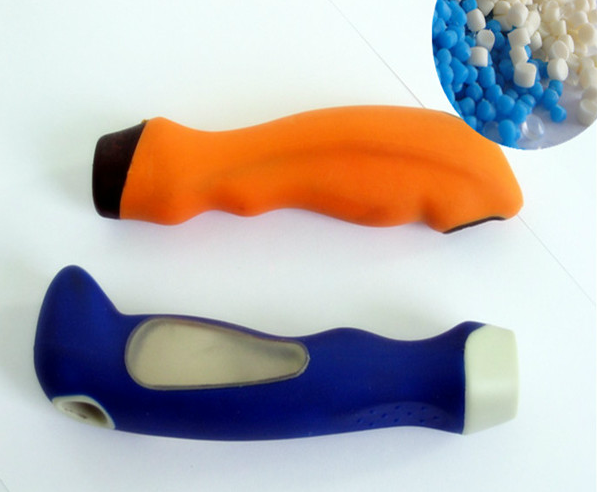
Blending Like a Pro: Mixing Techniques That Seal the Deal
Formulation is poetry in motion, but execution? That’s where symphonies turn sour. High-shear twin-screw extruders are your best bet— they shear oils into the matrix like a barista frothing milk, achieving homogeneity at 200-250 rpm. Go too gentle with a single-screw, and you’ll get oil pools; too aggressive, and degradation creeps in, yellowing your masterpiece.
Temperature gradients matter—ramp from 160°C feed to 200°C die to volatilize impurities without scorching. Residence time? 2-5 minutes max, lest oxidation sour the batch. Dynamic vulcanization amps it up: partially cure the rubber phase mid-blend with peroxides, locking oils in place for TPV-level resilience. Costs more, sure, but in oil-exposed apps like fuel lines, it’s pennies for peace of mind.
A personal favorite: sequential feeding. Oil last, post-base melt, minimizes evaporation—cut losses by 10-15%. And post-blend annealing? That subtle oven bake at 80°C for hours refines morphology, shrinking domains and boosting tensile by 20%. It’s the polish on the diamond, turning good into great.
Reinforcements and Additives: The Unsung Boosters
Fillers aren’t just bulk; they’re compatibility confidants. Nano-clays or silica, surface-treated with silanes, adsorb oils like sponges, curbing migration while stiffening the matrix. Add 5-10 phr organo-modified montmorillonite, and oil uptake stabilizes, with swelling halved per ASTM D471.
Antioxidants and UV stabilizers? Non-negotiable guardians. Hindered phenols (0.5 phr) scavenge radicals, preserving oil-TPE bonds against thermal betrayal. In one grueling test series for outdoor seals, blending Irganox 1010 with a naphthenic oil extended service life from 6 to 18 months—talk about breathing easy.
For that extra edge, consider reactive extrusion: graft oils directly onto chains via peroxide initiation. It’s advanced, yields covalent ties, but rewards with 30% better retention. Feels like cheating the system, in the best way.
Here’s a snapshot of additive impacts:
| Additive Type | Dosage (phr) | Primary Gain | Sensory Note |
|---|---|---|---|
| Nano-Silica | 5-10 | Reduced exudation | Smoother hand-feel |
| Phenolic AO | 0.3-0.5 | Oxidative stability | Faint, clean melt odor |
| Silane Coupler | 1-2 | Filler-oil synergy | Crisp, even dispersion |
Hands-On Hurdles: Troubleshooting When Things Go Awry
No blend’s perfect; even mine have rebelled. Oil bleed? Check viscosity mismatch—swap to higher index. Swelling? Dial back aromatics or up compatibilizer. Brittleness screams overfill; ease to 1.2-1.5 times base absorption.
Testing’s your truth serum: DSC for phase miscibility, DMA for dynamic harmony, and soak tests mimicking end-use. I once salvaged a cable jacket run by reverting to masterbatch pre-mixing—oils locked in, performance soared. Patience pays; iterate, document, conquer.
Real-World Wins: Stories from the Shop Floor
Flashback to 2015: a wire harness maker plagued by oily sheaths in engine bays. Basic SEBS-paraffinic mix failed miserably, costing recalls. We layered in 3% MA-grafted SEBS, optimized shear at 300 rpm, and voila—zero migration after 1000-hour bakes. They hit volume production in months, crediting our “secret sauce” for their award.
Or take the footwear firm chasing softer soles without slip. Naphthenic oil bled on leather uppers; bio-ester switch plus clay reinforcement fixed it, yielding grippy, durable treads that danced through abrasion specs. These aren’t hypotheticals—they’re the thrills that fuel late nights.
Looking Ahead: The Evolving Landscape of TPE-Oil Harmony
As we chase net-zero, bio-oils and recycled TPEs beckon, promising compatibility without compromise. Nanotech’s next—graphene oxides for ultra-fine tuning. Exciting times; the field’s alive with possibility.
In wrapping this journey, remember: compatibility’s a dance, not a decree. Tune your steps, and your TPEs will sway gracefully, oils entwined forever. Got a blend brewing? Experiment boldly— the results might just surprise you.
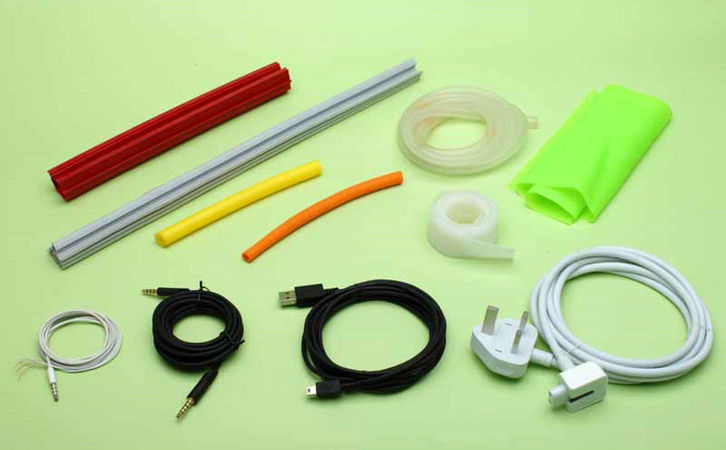
Quick Q&A: Your TPE-Oil Queries Answered
Q: What’s the sweet spot for oil loading in SEBS TPEs? A: Aim for 1.2-1.6 times the base’s absorption capacity—keeps it pliable without pooling. Test via rheology; overdo it, and elasticity dips like a deflated balloon.
Q: Can I use recycled oils to green up my formula? A: Absolutely, if purified—vegetable discards work wonders with compatibilizers, cutting carbon footprints by 25%. Just vet for contaminants; purity’s your pact.
Q: How do I spot early incompatibility in prototypes? A: Eyeball for surface tack after 24-hour anneal, or run a quick DMA scan for Tg shifts. If it feels off, it probably is—trust that gut from the grind.
Q: Bio-based compatibilizers: hype or help? A: Help, hands down. MLO’s boosted my blends’ impact by 150% in trials—sustainable swagger without skimping on strength.
Q: Processing temps too high causing oil loss? A: Dial back to 190°C max, feed oil staged. It’s like simmering soup—gentle heat extracts flavor, not essence. Saved a batch from ruin once.

